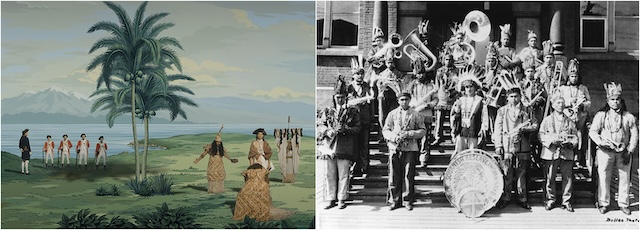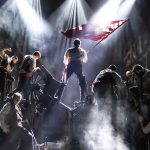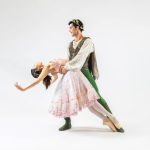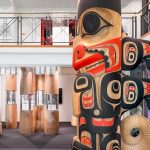Museum of Anthropology Reopening
Following an 18-month closure for cutting-edge seismic upgrades to its Great Hall, the Museum of Anthropology (MOA) at UBC will be reopening in June.
The museum has also undergone a revitalization and reinterpretation of displays of Northwest Coast Indigenous carvings, poles, weavings and other works from the past and present.

Museum of Anthropology Reopening
On the evening of June 13, 2024, starting at 5:00pm, visitors will be welcomed to a revitalized museum with updated interpretations and new displays, including an 8.7-metre canoe, carved by Stz’uminus artist Qap’u’luq—John Marston.
- Date: Thursday, June 13, 2024 from 5:00pm
- Location: 6393 NW Marine Dr, Vancouver
- Tickets: Free admission all evening
Friday, June 14th coincides with the 100th anniversary of architect Arthur Erickson’s birth, and MOA is celebrating with half-priced admission and special programming to mark the occasion. On Saturday, June 15th and Sunday, June 16th, visitors will enjoy half-priced admission, as well as dance and musical performances, hands-on workshops, staff tours and family-friendly activities.
About the upgrades
Recognized as the first museum in Canada retrofitted with base isolation technology, MOA’s seismic upgrades are designed to protect the collections in the event of a major earthquake. Twenty-five base isolators have been installed under each of the Great Hall’s concrete columns to absorb the impact of seismic activity, separating the Great Hall from the ground and from the adjoining museum structure. Additionally, upgrades to the lighting, skylights, roofing, window coverings, carpeting and fire protection will further protect the collection.
MOA’s Great Hall was first identified by UBC as a high priority for seismic upgrades in 2017, as part of the university’s ongoing seismic planning. It was determined that a complete rebuild was the best approach to upgrading the resiliency of the space without compromising its architectural heritage. Budgeted at $40 million, the project was funded by the provincial government, Canadian Heritage and UBC. Construction began in 2021, and in January 2023, the Museum was temporarily closed to accelerate the completion of the project.
Nick Milkovich Architects Inc. was selected as the architectural firm for the Great Hall’s renewal. As principal architect, Milkovich offered the project unique experience, having made the Museum’s original building models as an apprentice to Arthur Erickson in the 1970s. Milkovich’s intimate knowledge of the design ensured the iconic structure was rebuilt in Erickson’s original vision.
The Museum will also reopen with two exhibitions, both showcasing Indigenous perspectives of historical periods, too often told and represented through a colonial lens. In the Audain Gallery, MOA presents To Be Seen, To Be Heard: First Nations in Public Spaces, 1900–1965, co-curated by Karen Duffek, MOA Curator, Contemporary Visual Arts + Pacific Northwest, and Dr. Marcia Crosby (Ts’mysen/Haida), art historian and scholar. An immersive, multimedia exhibition, To Be Seen, to be heard explores how, during the period of potlatch prohibition and other forms of erasure in Canada, First Nations people in British Columbia represented themselves as Indigenous in urban public spaces. Looking back through rich archival material reveals the diverse ways that First Nations worked to be seen and heard striving to have their rights recognized—rights to their lands, their laws and their future.

In the O’Brian Gallery, MOA presents Māori artist Lisa Reihana’s in Pursuit of Venus [infected], a 32-minute-long, panoramic video projection designed to create an immersive cinematic experience. A digitally animated interpretation of the French Neoclassical scenic wallpaper Les Sauvages de la Mer Pacifique—which portrays harmonious encounters between Europeans and Polynesians amidst a Tahitian landscape—in Pursuit of Venus [infected] depicts a decidedly darker narrative to expose the oppressive and often violent exchanges absent from the utopian colonial portrayal, challenging historical and contemporary stereotypes. This work seeks to disrupt notions of beauty, authenticity, history and myth.
The reopening weekend’s activities will kick off a year of special programming to commemorate the 75th anniversary of the opening of the Museum to the public in the UBC Main Library, under the direction of Harry and Audrey Hawthorn in 1949.









